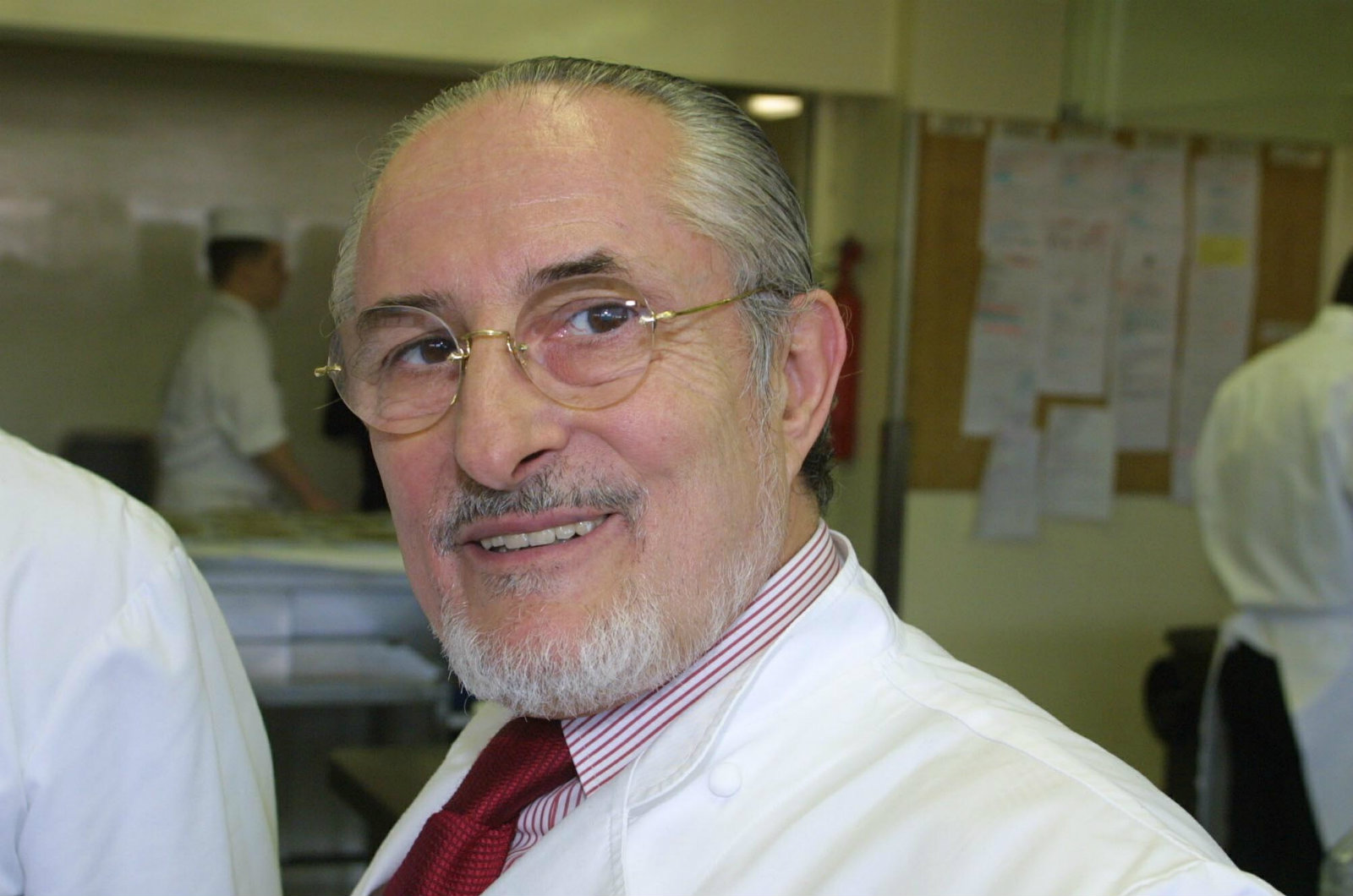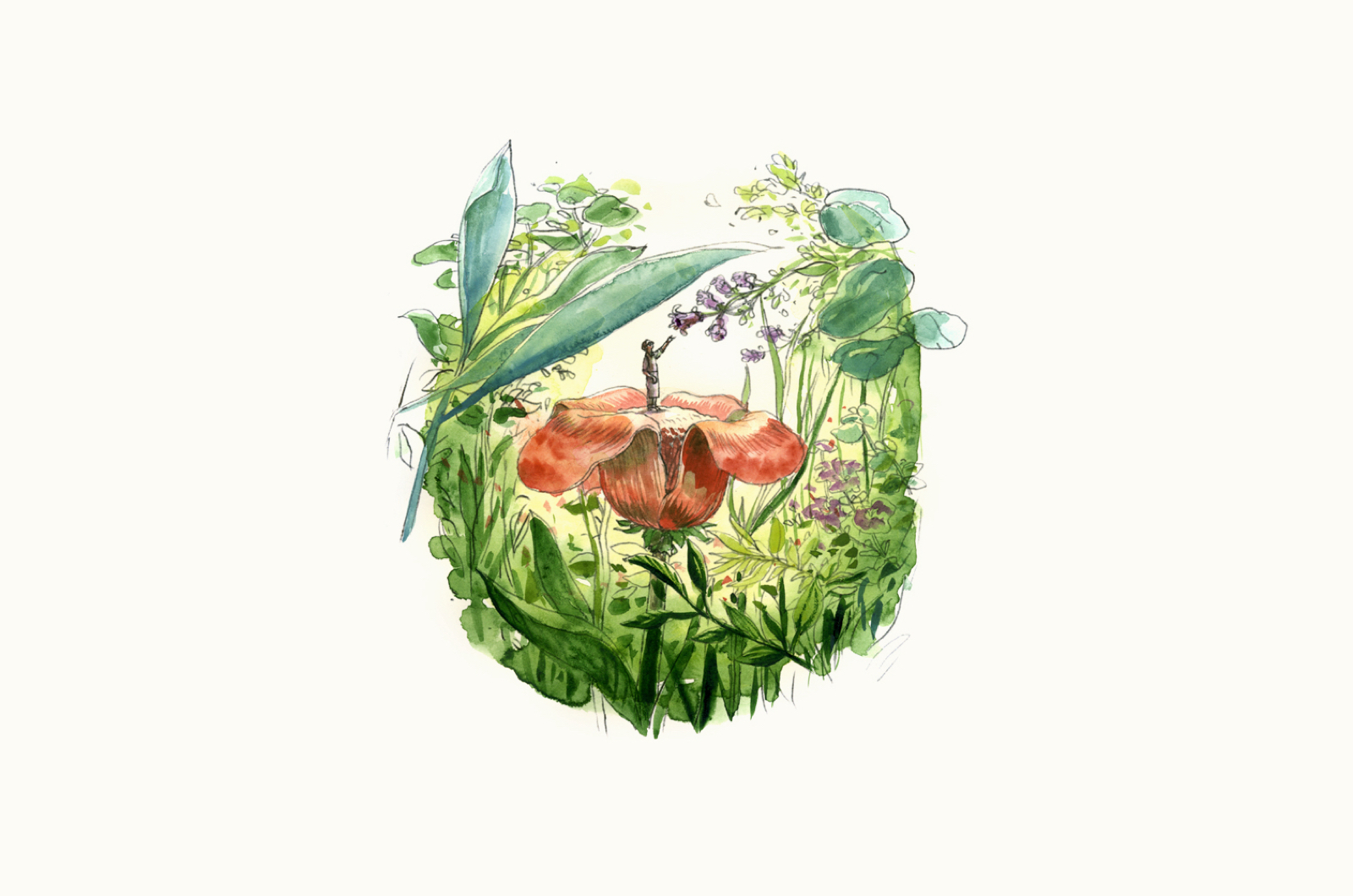On the Revolutionary Chef Pierre de la Varenne
In mid-17th century France, when sauces were thin and acidic, and vegetables were pushed to the side, François Pierre de la Varenne championed butter and Jerusalem artichokes. Whereas aristocratic French food and cooking techniques had remained medieval, and if anything, Italian-influenced, La Varenne was folding black truffles into butter sauces and serving vegetable ragouts. His cooking would later influence Marie-Antoine Carême, Auguste Escoffier, and Julia Child, though it could be said that he’s influenced anyone who’s ever made a roux or embarked on a recipe for mille-feuille.
He may not have been the first chef to create a béchamel or hollandaise sauce, but he was the first to document it.
La Varenne’s Le Cuisinier François, published in 1651, wasn’t only the first cookbook that gave French cuisine a national identity, but it’s also considered the first European text dedicated to instructing chefs how to cook. In the majority of food books that preceded it, the writing centered on dietetics and nutrition, treating food merely as medicine. Earlier authors wouldn’t have told readers to cook “bottoms of artichokes” in broth and butter, only to blanket the dish in a thick butter sauce.
But, in modern French fashion, La Varenne did. He was cooking haute cuisine before that term came to be, and though he didn’t live to see it through, Le Cuisinier François started a revolution in French cuisine.
However, it could be said that it all started with Louis XIV. Though he wasn’t nicknamed for his obesity like some of his predecessors, Louis XIV was a gourmand. During his reign from 1643 until his death in 1715, Louis XIV would eat alone among the intricately landscaped shrubs in his Versailles gardens, but he was never truly alone. Beyond the chateau’s gates on any given day, more than 300 men could be observing Louis XIV as he dined on dishes with asparagus, pears, and other produce he grew in his gardens. “Louis XIV was a glutton; he would quickly become an enlightened glutton,” Jean-Robert Pitte writes in French Gastronomy: The History and Geography of a Passion. More than that of any other French king, food is tied to the history of his reign.
La Varenne just helped codify that tie. Presumed to have been born around 1615 in Chalon-sur-Saône, Burgundy, France, La Varenne most likely started cooking as a young boy in the kitchens of aristocrats, learning techniques and recipes the only way possible at the time: through observation and practice. And through this hard work, La Varenne rose in the kitchen. By 1644, it’s assumed he was working as the kitchen clerk for Louis Chalon du Blé, the Marquis d’Uxelles and Governor of Chalon-sur-Saône. As a clerk, La Varenne oversaw the household’s food service.
During his time in this role, La Varenne was writing what would be the first cookbook to be published in nearly a century, as only reissued works had appeared between the end of the 16th century and the first half of 17th. So when Le Cuisinier François was released in 1651, France — and the rest of Europe, really — paid attention.
Written in early Modern French, the text is peppered with archaic French (sçavoir for savoir, the French verb “to know”) and orthographic evidence of the language’s recent deviation from Latin. French had emerged from the moyen français linguistic time period half a century earlier, but as it was only at the beginning of becoming the lingua franca of the elite, it was modernizing slowly. Penned in a time period when s’s looked like cursive f’s, and u’s weren’t distinguished from v’s (the first edition reads “LE CVISINIER FRANCOIS”), the cookbook documents not only François’s recipes, but also the emergence of modern French language.
In the book, which just outsizes an iPhone 6, La Varenne packs more than 800 savory recipes, sorted alphabetically; grouped for lean days, flesh days, or Lent; and further organized into a category of pottage, entrée, second course, or small dish. No recipe has measurements, but La Varenne goes out of his way to offer cooking and ingredient alternatives, as well as to offer tips about what to do if something goes wrong.
And people liked what he said. Instead of calling on readers to prepare meat-centric dishes with heavy Oriental spices, which were a sign of wealth and nobility at the time, La Varenne encourages readers to increase produce or meat’s flavor with a sauce—not hide it. His dishes rely on parsley, onions, leeks, and shallots, which are still oft-used ingredients in French cuisine today. And just as chefs are relearning today, seasonal vegetables deserve to be the center of a dish, according to La Varenne, and sauces should only complement their flavor.
“When I eat Cabbage soup, I want it to taste like cabbage,” La Varenne wrote.
At the core of this cookbook is a focus on flavor, and how to complement meat and produce with simple cooking techniques and sauces. He introduces readers to bouillon, which forms the basis for more than 60 of his soups. Where chefs had been using old bread to thicken soups, La Varenne tells his readers how to mix flour and butter into a roux, penning the first recipe for béchamel sauce. Phrases like au naturel, au bleu, fonds de cuisine, and bouquet garni appear for the first time, which later find their place in iconic dishes, such as Auguste Escoffier’s truites au bleu.
While this text codified the beginning of modern French haute cuisine, the cookbook itself is nowhere near modern in that it lacks what consumers often look for in a cookbook today: pictures or illustrations, clearly numbered directions, and even measurements for ingredients. “Take your turtles, dress them, chop them into pieces, and put them in a frying pan with butter and parsley,” La Varenne instructs his readers in a recipe for turtle soup. Similarly, in a recipe for asparagus in mild sauce, which is essentially a hollandaise, La Varenne says to dress boiled asparagus with a sauce made of “very fresh butter, a little vinegar, salt, nutmeg, and one egg yolk to bind the sauce,” making this the least finicky hollandaise recipe ever to be published.
But when the cookbook was released, it was a bestseller of its day. Through his work, La Varenne proved that food and cooking could be the topic of serious debate, and that food instruction didn’t have to be learned in kitchens of the Aristocracy—it was something that could also be learned through writing. In 1653, it was translated into English as The French Cook, making it the first translation of a French cookbook into English and extending the reach of this influence. And after La Varenne’s death in 1678, his impact only spread quicker, as the cookbook was reprinted across Europe 30 times in 75 years. In 1975, cooking authority Anne Willan founded École de Cuisine La Varenne in Burgundy, which was one of the first professional cooking schools to teach students in both English and French.
At the end of the text’s introduction, La Varenne tells his dear readers that to recompense him, all he asks is that this cookbook be beneficial and pleasant. It seems as if that wish were granted.




